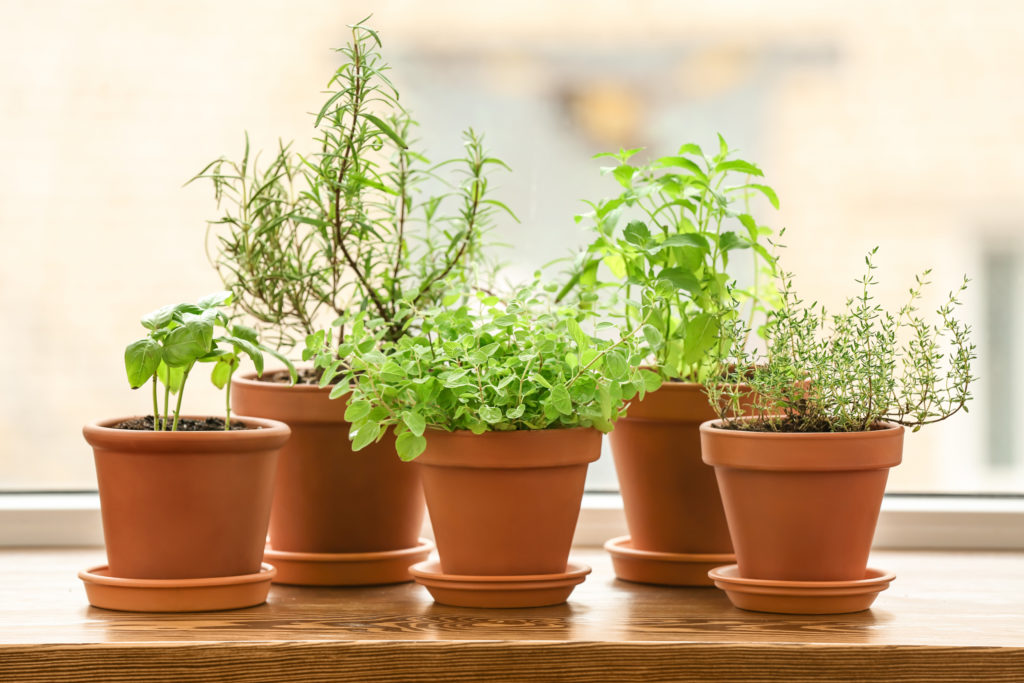Gardening for Health

A Gardening Style for Everyone
By Maria Price
When I retired from the nursery I started 40-some years ago, my husband and I decided to focus on our gardens around our house. We built five raised beds that were 12 feet long by 3 feet wide. We thought they would accommodate all our vegetables. Well, we thought wrong.
We love to grow the majority of our food and flowers. But not everybody is this crazy– about plants. We also have a lot of time to put into our garden.
Today we have a one-acre vegetable garden plus a small orchard with about 30 trees. Immediately around the house, we put in a perennial bed with antique roses and a variety of shrubs. Beyond that, we have a row of red raspberries and on the other side a 30-foot bed of blackberries.
Our vegetable garden is planted in seven sets of four 15×4 foot beds. Woven landscape fabric covers the entire vegetable garden. We burn three rows in each bed and keep them on a four-year rotation and a different family of plants grows in each. The landscape fabric prevents weeds from growing, which allows us to maintain a garden this size.
This may not be for you because of the time and space required. Raised beds are a great way to create a garden for vegetables or flowers.
An easy way to make raised beds is to purchase raised bed corners made from aluminum. Gardener’s Supply and Gardens Alive offer these metal corners which accommodate standard 2-inch-wide boards, up to 10 inches wide and 8-feet long. They come with screws and the beds can be two boards high. If you have voles in your yard, you can line the bottom of the raised bed with half of an inch of hardware cloth. It doesn’t take long to put a raised bed together with the help of these aluminum corners. Fill with compost or a good compost-based soil.
If you have smaller spaces, container gardens may be more appealing. There are so many container options available. A 10-inch hanging basket will hold a small container determinate tomato. Parsley, basil, and miniature marigolds can all be planted together with the tomato, which can be harvested all summer.
You could try making a pyramid pot with three different sized clay pots. Start with a 14-inch pot on the bottom, smaller in the middle and yet smaller on top. Fill them with soil and plant herbs around each perimeter. Many herbs can be grown this way.
Decide what kinds of vegetables or flowers you like and concentrate on those. If you like salsa, use a group of pots to grow all your ingredients. One large pot for a tomato plant, another slightly smaller pot for a pepper. Onions can be planted with the tomatoes and peppers. Another pot can have cilantro. Group them together and you have a container salsa garden.
Another alternative for small areas is to use three large pots about 16- or 18-inch diameters. Plant the three sisters as they are named by Native Americans. Pumpkins, sweet corn and beans were grown together as the plants naturally help one another. Sweet corn provides a climbing stock for the beans. Beans provide nitrogen to nourish the sweet corn and pumpkins cover the soil and help suppress weeds.
Another alternative to containers is to grow tomatoes, veggies or herbs in compost bags. It’s as simple as cutting a strip out of the bag and putting your plants in place, no digging required.
